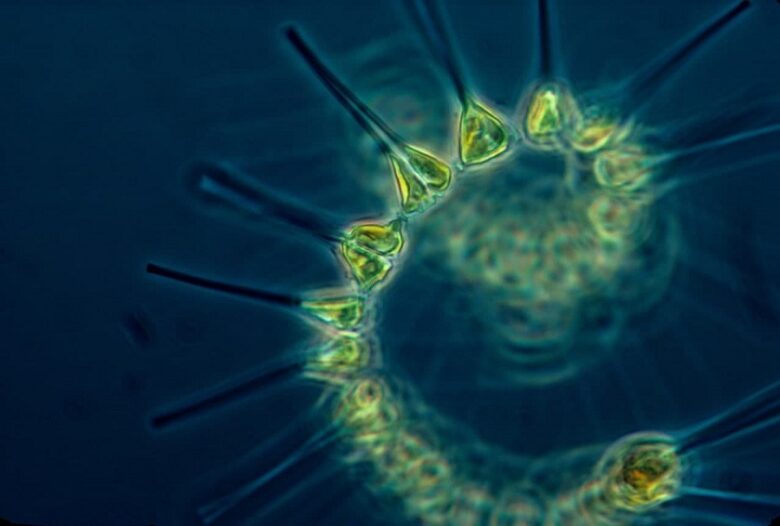В Австралии нашли одноклеточное, которое может остановить глобальное потепление, поедая углерод. О своем открытии рассказали специалисты из Технологического университета Сиднея.
Они изучили фитопланктон Prorocentrum cf. balticum, широко распространенный по всему миру. Этот микроорганизм способен к фотосинтезу и может получать питательные вещества разными способами. Такая особенность позволяет Prorocentrum cf. balticum занимать те части океана, которые непригодны для проживания другого фитопланктона.
К примеру, фитопланктон, ставший предметом исследования ученых из Австралии, может привлекать и поедать другие микроорганизмы: он делает это, высвобождая богатый углекислым газом экзополимер. А тот, в свою очередь, привлекает и помогает обездвижить других морских микробов.
Поедая часть добычи, Prorocentrum cf. balticum выбрасывает в окружающую среду так называемую экзополимерную мукосферу. Отягощенная захваченной добычей, она опускается на дно, становясь частью естественного биологического углеродного насоса океана.
Углеродный биологический насос в океане – это перенос перенос атмосферного углекислого газа на дно. Как считают исследователи, используя секвестрацию (поглощение) углерода, Prorocentrum cf. balticum может предотвратить изменения климата. По предварительным подсчетам, этот вид фитопланктона может ежегодно поглощать около 0,02-0,15 гигатонны углерода в год.
